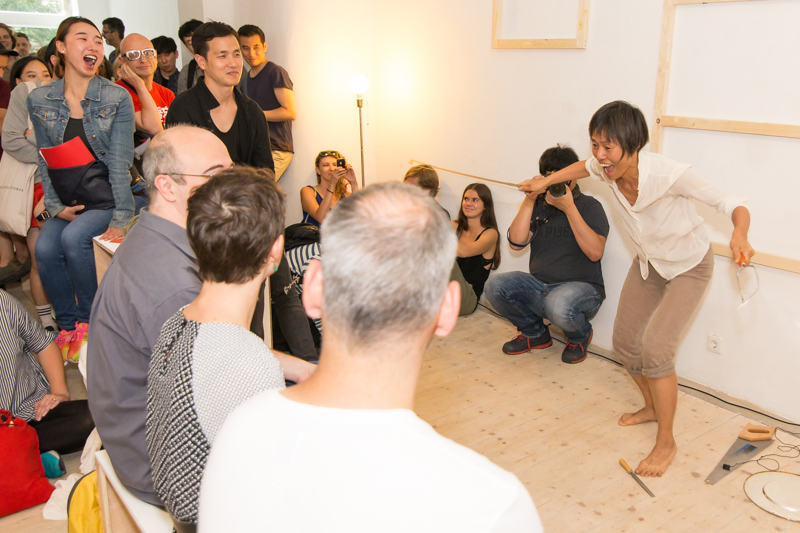Artists
Photo Credit: NIU Chun-Chiang
YANG Che-Yi
YANG Che-Yi
| Location | Germany / Berlin |
|---|---|
| Residency | Künstlerhaus Bethanien |
| Year of the Grant | 2016 |
| Work | Empty City Strategy |
| Personal Website | YANG Che-Yi's Personal Website |
Thoughts on Residency Program
As Germany faces the influx of millions of refugees, of which a large proportion are young children, Empty City Strategy is a creative project that spans three cities with an attempt to bring this significant social impact into the spotlight. From the perspective of environmental sociology and environmental education, I want to highlight the process of urbanization in rural areas through photography, three-channel video recording, concrete modeling, painting, single-channel lyrical installation in the Taiwanese dialect, and Chinese pinyin documents. Our desires have led us and the government to ignore the environmental warnings by over developing the cities and the result is the real estate bubble. Nowadays, there are already thousands of ghost towns all over the world that are not only the product of globalization, but also an absurd “Empty City Strategy” carefully planned by a few members of society.
In Germany, art is everywhere in the atmosphere. There are exhibition openings every evening and even the smallest venues are carefully curated down to the tiniest details. Over there, I realized that art can also function in cultural and diplomatic activities for Taiwan to be better seen in a deeper, quieter, and more thoughtful discussion.
It was a great experience to be able to organize a solo exhibition. I learned how to work with people from other nations to accomplish the common goal, and started to exchange ideas with the international community during the process. In survival of the fittest, the artist will not only present their artworks but, more importantly, must also be able to communicate with others.


